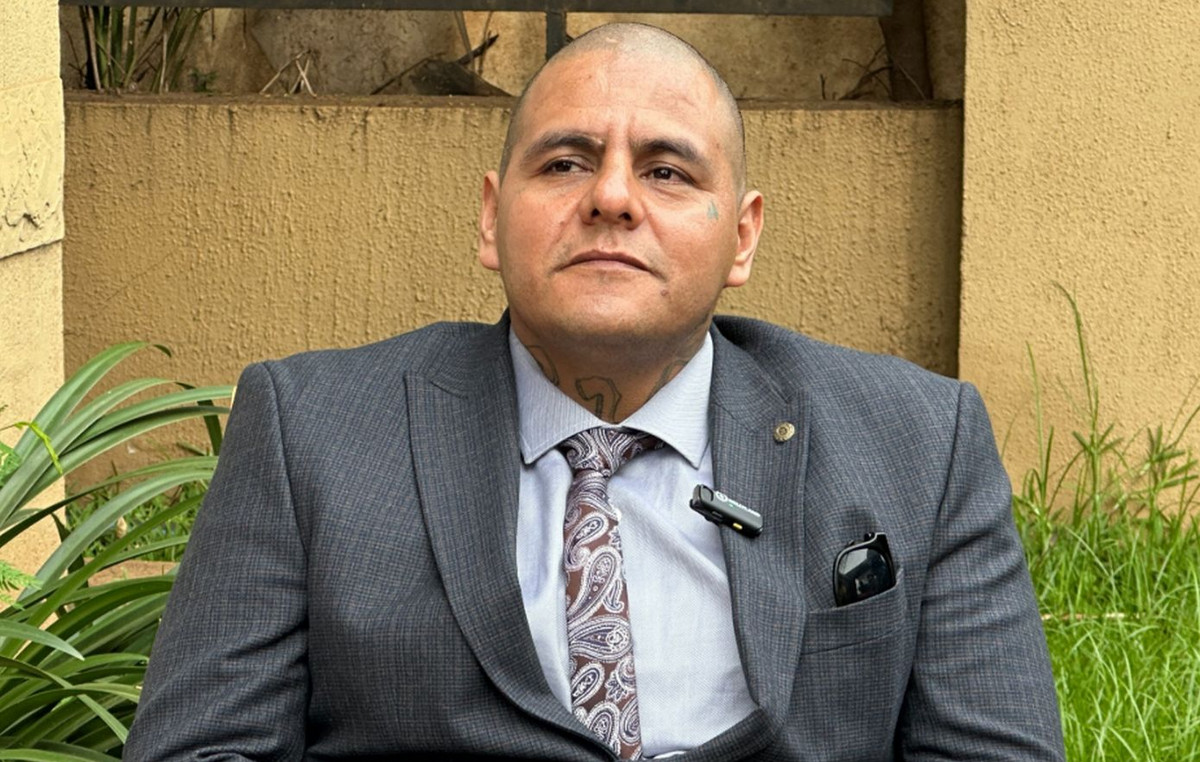A erysipelas It is an inflammatory disease that affects the skin and can affect the adipose cell tissue (fat layer of the skin). It is caused by a bacteria that spreads through the lymphatic vessels and mainly affects the lower limbs, such as legs and feet, being more common in the elderly population and in people with diabetes or obesity.
In infection, the bacterium Streptococcus penetrates the skin through wounds, insect bites, ulcers or chilblains (a type of ringworm) and spreads through the lymphatic vessels. However, other types of bacteria can also cause erysipelas, such as Staphylococcus aureus. According to the Ministry of Health, this is not a contagious disease.
Former president Jair Bolsonaro (PL) was hospitalized again in Manaus, this Sunday (5) to treat the infection, after passing through the hospital and being discharged on Saturday (4). In 2022, he had already been diagnosed with the disease.
Erysipelas symptoms
According to the SBD (Brazilian Society of Dermatology), the initial symptoms of erysipelas include malaise, fatigue, chills, fever, nausea and vomiting, and appear before signs on the skin.
Then the disease can cause symptoms such as:
- Swelling in the infected limb;
- Redness;
- Pain;
- Increase in temperature in the affected area.
In more serious cases, blisters and necrotic wounds may appear, with the death of skin cells, and may even cause a generalized, life-threatening infection.
“These serious complications can occur especially if erysipelas is not treated properly. It is crucial to seek immediate medical attention at the first sign of infection to prevent complications”, advises Cristienne Souza, Specialist in Vascular Surgery at SBACV (Brazilian Society of Angiology and Vascular Surgery), to CNN .
The Ministry of Health also warns that when the patient is not treated at the onset of symptoms, abscesses, superficial or deep wounds and vein thrombosis may occur.
How is erysipelas diagnosed and treated?
The diagnosis of erysipelas is made through medical evaluation, which analyzes the physical symptoms. In some cases, blood tests may be ordered to identify the bacteria causing the infection.
Once the disease is identified, treatment should be started as soon as possible. According to the SBD, the disease can be treated with the use of antibiotics, rest, elevation of the affected limb and treating the condition that may have served as a “gateway” for the bacteria, such as ringworm, wounds or ulcers.
“Antibiotics can be administered orally or intravenously, depending on the severity of the infection,” explains Souza. “In addition, cold compresses and painkillers may be recommended to alleviate symptoms and speed up recovery”, he adds.
In some cases, surgical intervention may be performed to remove and drain necrotic and pus-filled areas.
Erysipelas prevention
SBD also lists some important tips to prevent erysipelas, such as:
- Invest in local hygiene;
- Avoid “entry points”, such as trauma, insect bites and skin diseases;
- Take action to reduce lymphatic and venous insufficiency;
- Control diabetes.
*With information from Douglas Porto
Source: CNN Brasil
I am an experienced journalist and writer with a career in the news industry. My focus is on covering Top News stories for World Stock Market, where I provide comprehensive analysis and commentary on markets around the world. I have expertise in writing both long-form articles and shorter pieces that deliver timely, relevant updates to readers.







